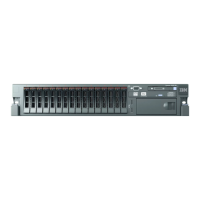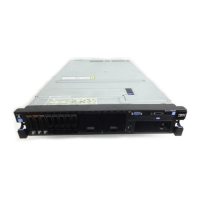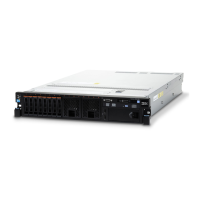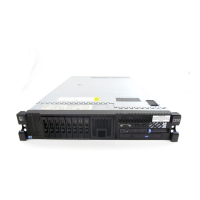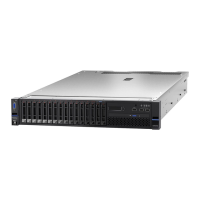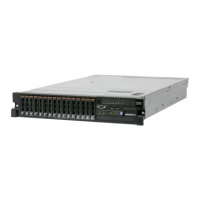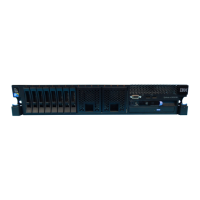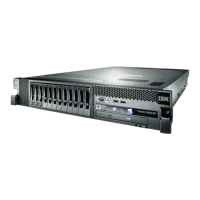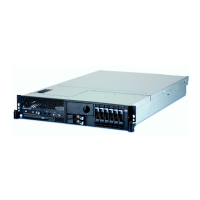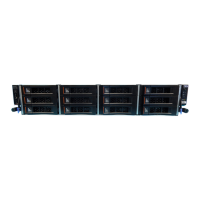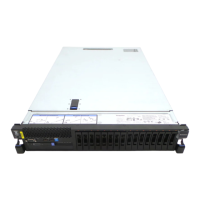additional security by separating the management network traffic from the
production network. You can use the Setup utility to configure the server to use
a dedicated systems-management network or a shared network.
Reliability, availability, and serviceability
Three important computer design features are reliability, availability, and
serviceability (RAS). The RAS features help to ensure the integrity of the data that
is stored in the server, the availability of the server when you need it, and the ease
with which you can diagnose and correct problems.
The server has the following RAS features:
v Automatic error retry and recovery
v Automatic restart after a power failure
v Built-in monitoring for fan, power, temperature, voltage, and power-supply
redundancy
v Cable-presence detection on most connectors
v Chipkill memory protection
v Dual redundant UEFI server firmware images
v Error codes and messages
v Error correcting code (ECC) L2 cache and system memory
v Cooling fans with speed-sensing capability
v Hot-swap hard disk drives (for servers that support such drives)
v Information and light path diagnostics LED panels
v Integrated management module (service processor)
v Memory mirroring
v Menu-driven setup, system configuration, and redundant array of independent
disks (RAID) configuration programs
v Parity checking or CRC checking on the serially-attached SCSI (SAS) bus and
PCI buses
v Power management: compliance with Advanced Configuration and Power
Interface (ACPI)
v Power-on self-test (POST)
v Predictive Failure Analysis (PFA) alerts on memory, SAS/SATA hard disk drives
and fans
v Redundant Ethernet capabilities with failover support
v Redundant hot-swap power supplies
v Remote system problem-determination support
v Standby voltage for systems-management features and monitoring
v Startup (boot) from LAN through Preboot Execution Environment (PXE) boot
agent utility or Dynamic Host Configuration Protocol/Boot Protocol
(DHCP/BOOTP)
v System auto-configuring from the configuration menu
v System error logging (POST and service processor)
v Systems-management monitoring through the Inter-Integrated Circuit (I
2
C) bus
v Upgradeable POST, UEFI, diagnostics, service processor microcode, and
read-only memory (ROM) resident code, locally or over the LAN
v Vital product data (VPD) on microprocessors, system board, power supplies, and
SAS (hot-swap-drive) backplane
v Wake on LAN capability for remote power up
14 System x3650 M4 BD Type 5466: Installation and Service Guide
